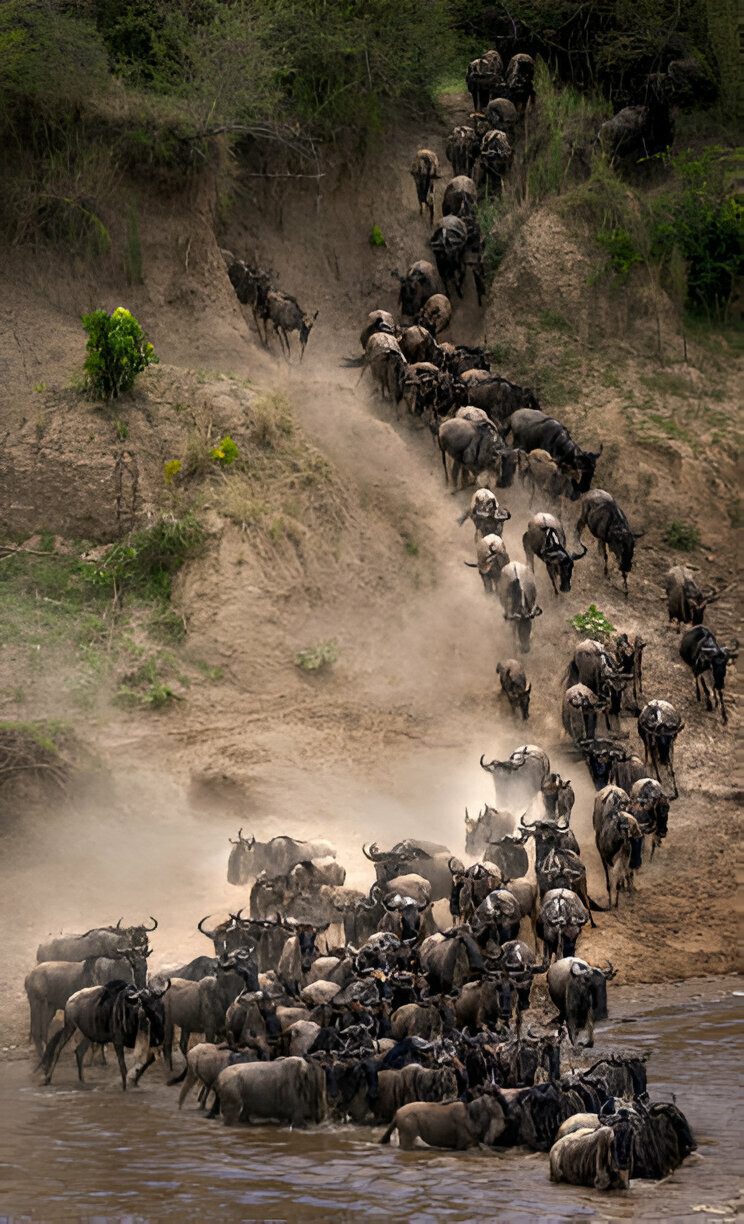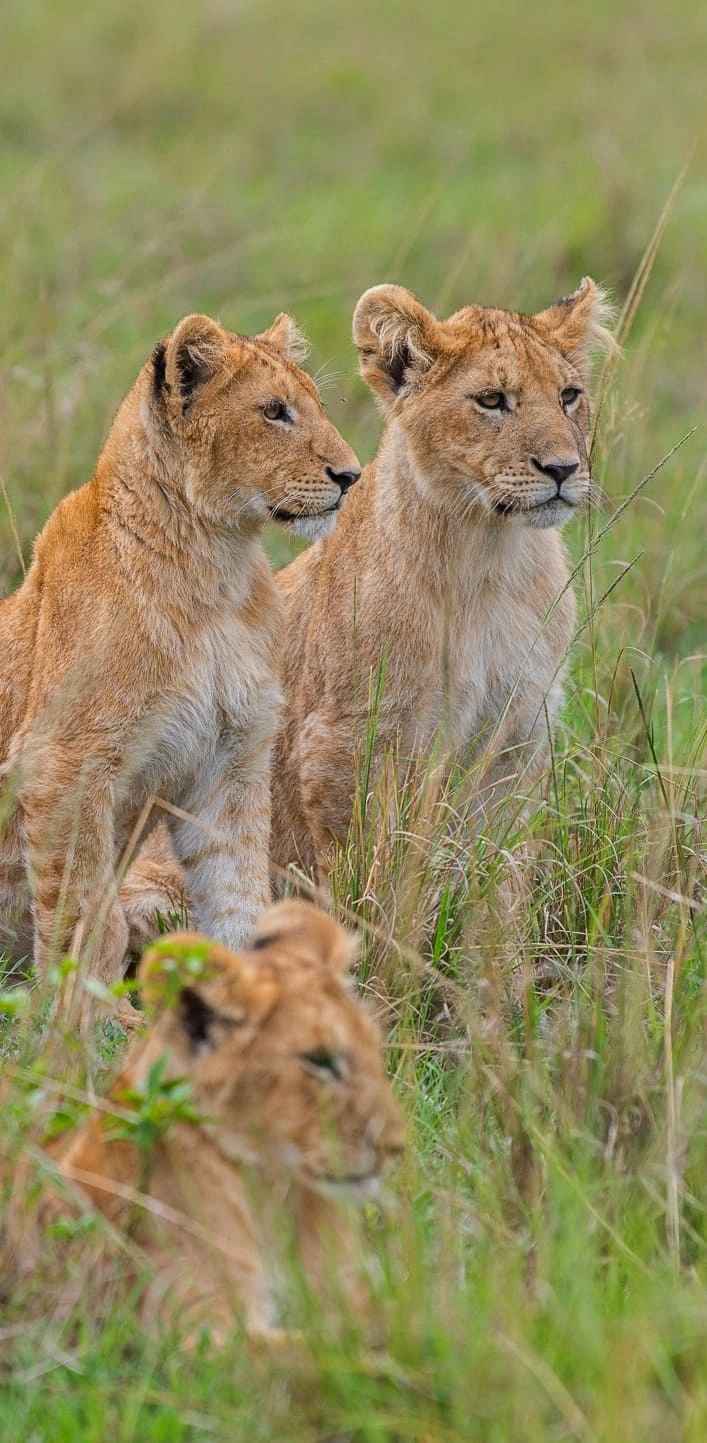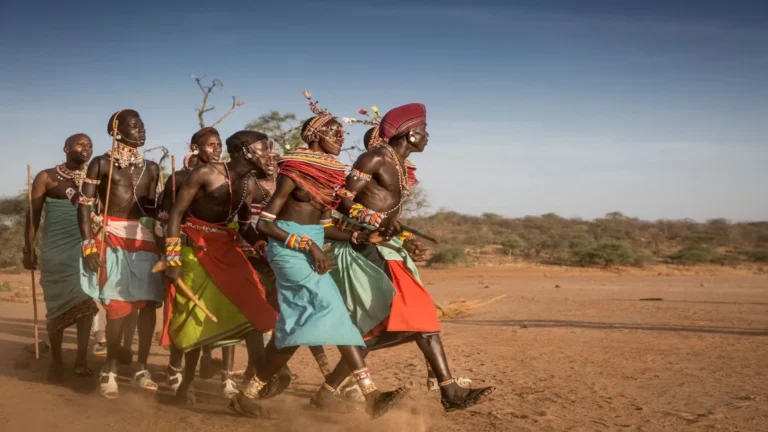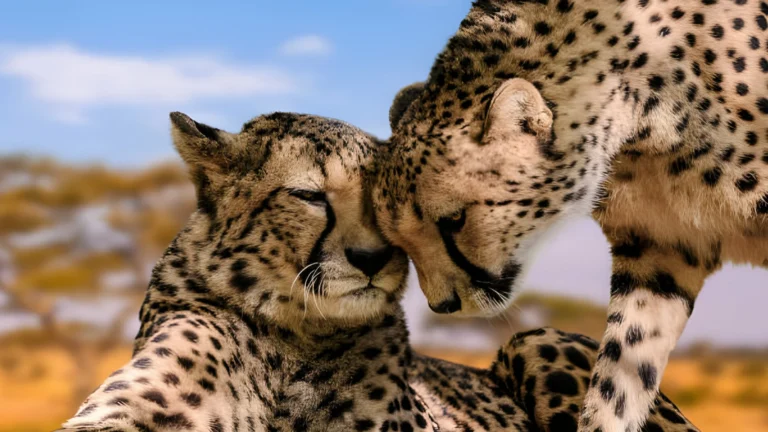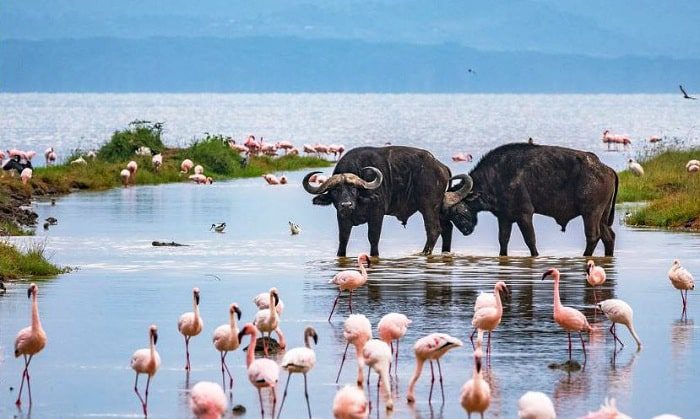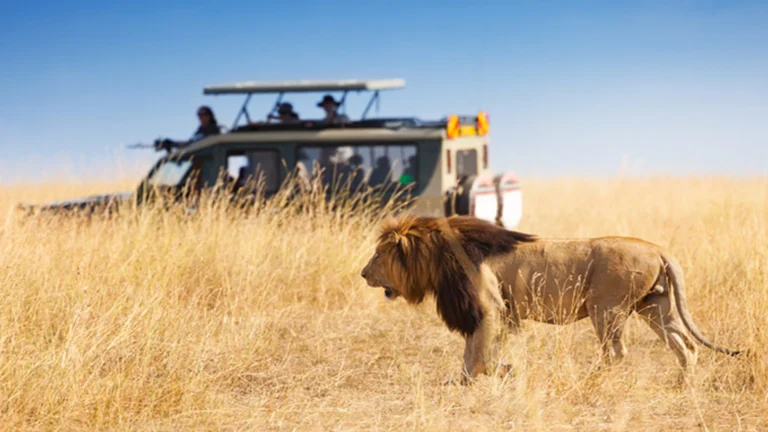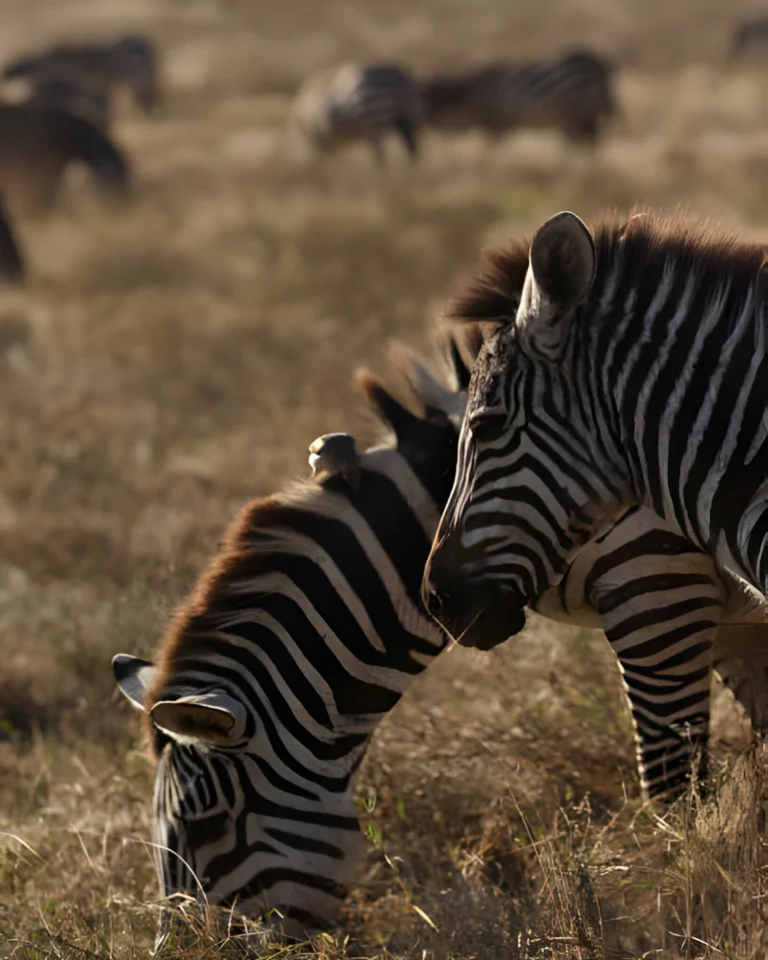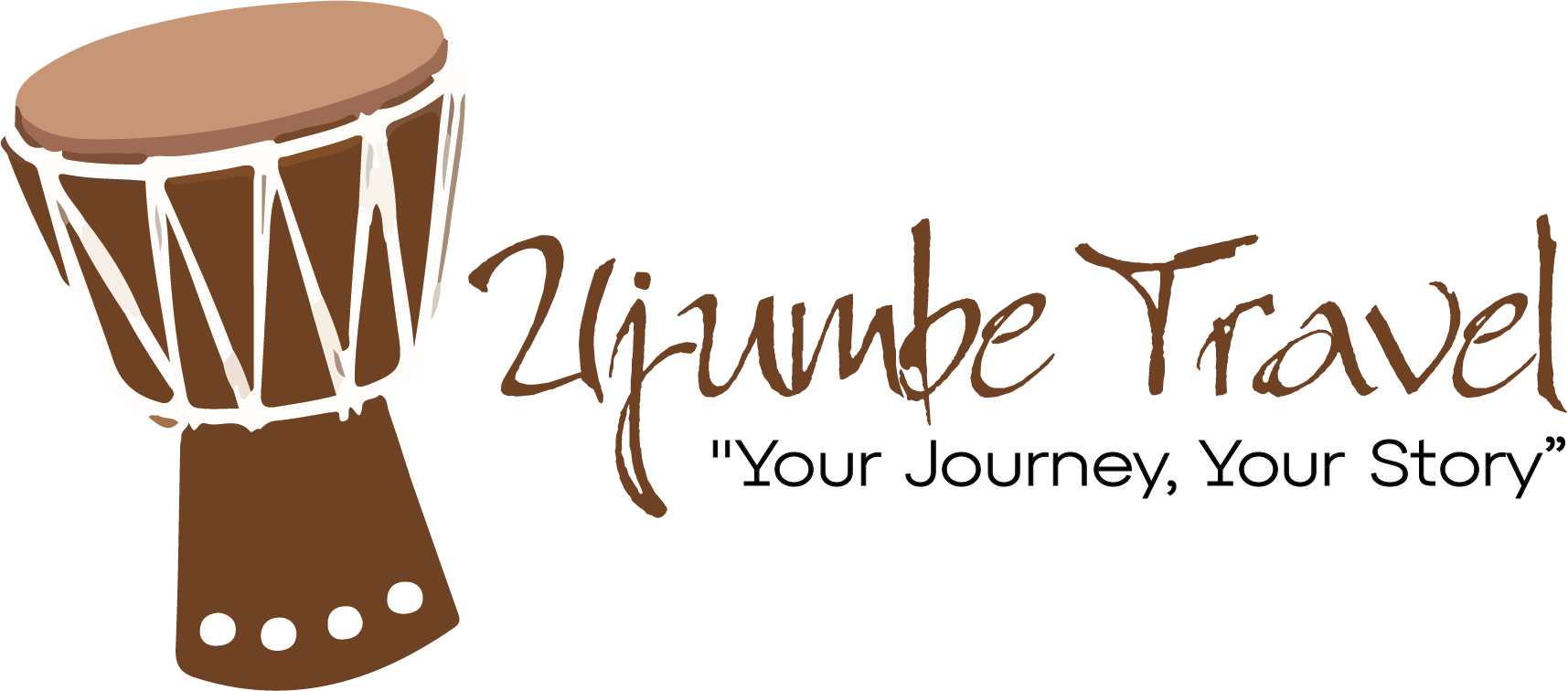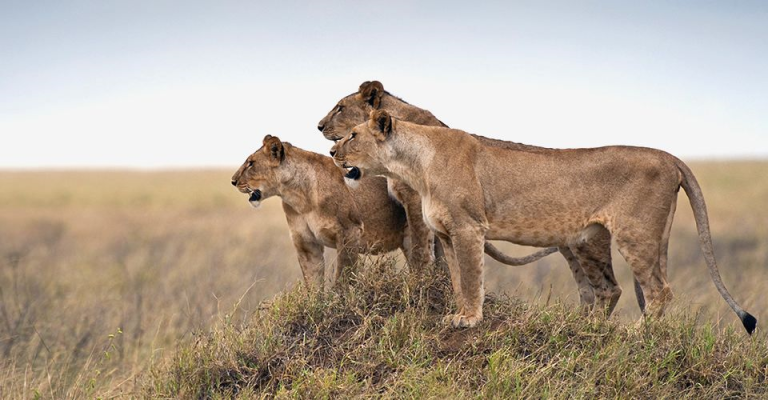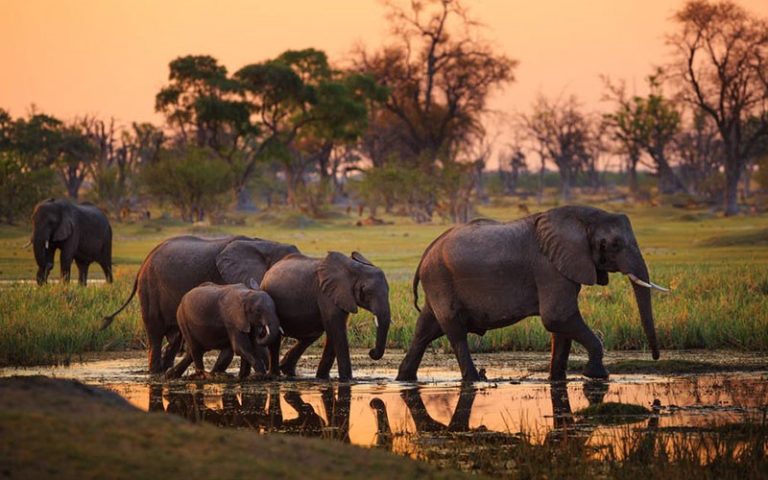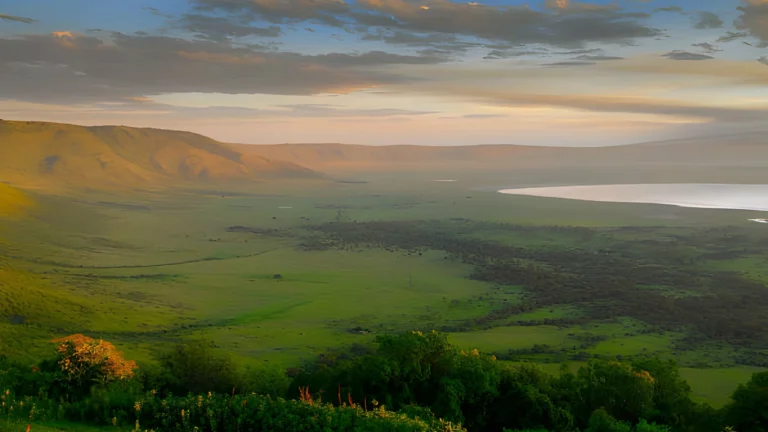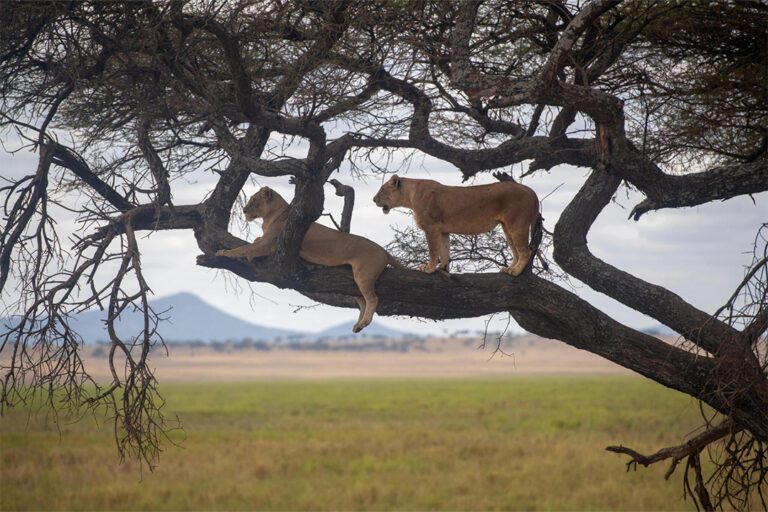Kenya safari
Ujumbe Travel offers a premier safari experience, seamlessly blending Kenya’s iconic landscapes, Tanzania’s untamed wilderness, and the pristine beaches of the Kenyan coast. Our expertly crafted safaris provide unrivaled Big Five game viewing, breathtaking scenery, and immersive cultural encounters. Witness the awe-inspiring Great Migration in the legendary Masai Mara, admire Amboseli’s panoramic views of Mount Kilimanjaro, and track elusive predators in Samburu’s rugged terrain.
Beyond wildlife, explore authentic Masai villages, where rich traditions come to life, and indulge in the flavors of Swahili cuisine, a fusion of African, Indian, and European influences. For an even more extraordinary adventure, combine your safari with a coastal retreat, embracing Kenya’s diverse beauty. Whether you seek a thrilling honeymoon, a family escape, or a milestone celebration, Ujumbe Travel ensures a tailor-made journey that captures the very essence of Africa. Let us craft your perfect safari experience.
FAQ
Popular questions about Kenyan safari
The best time to visit Masai Mara National Reserve depends on what you’re hoping to experience:
1. Great Migration (July – October)
- Best time to witness the Great Wildebeest Migration as massive herds of wildebeest, zebras, and gazelles cross the Mara River.
- This is the peak season, with dramatic river crossings and high predator action (lions, crocodiles, etc.).
- Expect larger crowds and higher rates due to the migration spectacle.
2. Wildlife Viewing (June – October)
- The dry season is ideal for wildlife sightings as animals gather around waterholes and are easier to spot.
- The weather is generally pleasant, with clear skies and minimal rain, making it great for game drives.
- Temperatures are cooler during the dry season, especially in the early mornings and evenings.
3. Calving Season (January – March)
- Best time for family wildlife experiences, as wildebeest calves are born, attracting predators.
- The Mara’s plains are lush and green, with fewer tourists, offering a more peaceful and intimate experience.
- Perfect for birdwatching as migratory birds are present.
4. Shoulder Seasons (April – May)
- The wet season with fewer tourists and lower rates.
- The landscape is lush and green, perfect for photography, though some roads may be challenging to navigate.
- While animal sightings are still good, heavy rains can make travel less comfortable.
Recommendation:
- July – October for the Great Migration and best wildlife viewing.
- January – March for fewer tourists and calving season.
- April – May for a quieter, more affordable safari with green landscapes.
Would you like help planning a safari during one of these times?
The Great Wildebeest Migration in Kenya is one of the most iconic and spectacular natural events in the world, involving the movement of over 1.5 million wildebeest, along with hundreds of thousands of zebras and gazelles, across the Serengeti-Mara ecosystem. This migration is a continuous cycle driven by the search for fresh grazing and water, influenced by seasonal rains.
Key Features of the Migration in Kenya:
Migration Path:
- The migration begins in the southern Serengeti in Tanzania, where wildebeest calves are born between January and March.
- As the dry season sets in, the herds move north into Kenya’s Masai Mara, typically between July and October.
- They travel through the Grumeti and Mara Rivers, navigating treacherous waters filled with crocodiles during dramatic river crossings.
River Crossings:
- The Mara River crossings are one of the most thrilling parts of the migration, with wildebeest and zebras braving the strong currents and hungry crocodiles.
- These crossings are a major attraction for safari-goers, offering a once-in-a-lifetime opportunity to witness intense predator-prey dynamics.
Predator Action:
- During the migration, Kenya’s Masai Mara comes alive with predator activity. Lions, cheetahs, and hyenas target the migrating herds, adding a dramatic predator-prey aspect to the experience.
Best Time to Witness:
- The best time to visit for the migration is from July to October, when the herds are in the Masai Mara and the river crossings happen.
- This period also offers the best wildlife sightings and is a peak time for safaris in the region.
The Great Wildebeest Migration is not only about the drama of survival but also about the cyclical nature of life, providing a rich, unforgettable safari experience in Kenya’s Masai Mara. Would you like help planning a trip to see the migration?
The number of days needed for a Kenya safari depends on your interests, the areas you want to explore, and your travel preferences. Here’s a general guide based on different safari types:
1. Short Safari (3–4 Days) – Ideal for a Quick Getaway
✅ Focus on the key highlights of Kenya
✅ Suitable for travelers with limited time
🔹 Example Itinerary:
- Day 1-2: Masai Mara (Great Migration, Big Five, or predator sightings)
- Day 3: Lake Nakuru or Amboseli (flamingos and Mount Kilimanjaro views)
- Day 4: Nairobi for cultural visits (Giraffe Center, Karen Blixen Museum)
2. Standard Safari (5–7 Days) – A Well-Rounded Experience
✅ Covers two or three major parks
✅ Allows time for deeper exploration and relaxation
🔹 Example Itinerary:
- Day 1-2: Masai Mara (wildlife, the Great Migration)
- Day 3-4: Amboseli (Mount Kilimanjaro views, elephants)
- Day 5-6: Lake Nakuru (flamingos and rhinos)
- Day 7: Nairobi or Lake Naivasha for a day trip
3. Extended Safari (8–10 Days) – Best for Wildlife Enthusiasts
✅ Explore multiple regions and lesser-known parks
✅ Ideal for photographers or those looking for a more comprehensive safari
🔹 Example Itinerary:
- Day 1-2: Masai Mara (migration, predator viewing)
- Day 3-4: Amboseli (elephants, Mount Kilimanjaro views)
- Day 5-6: Samburu (unique wildlife, like Grevy’s zebra)
- Day 7-8: Lake Nakuru or Lake Naivasha
- Day 9-10: Tsavo National Park (large herds of elephants, remote wilderness)
4. Ultimate Safari (12+ Days) – Full Immersion in Kenya’s Wildlife
✅ Covers multiple iconic parks and unique destinations
✅ Perfect for those looking for an extended, in-depth adventure
🔹 Example Itinerary:
- Day 1-3: Masai Mara
- Day 4-5: Amboseli
- Day 6-7: Samburu
- Day 8-9: Lake Nakuru/Lake Naivasha
- Day 10-12: Tsavo and optional beach time in Diani or Mombasa
Which Option is Best for You?
- 3–4 days: Quick safari, perfect for first-timers or those on a time crunch.
- 5–7 days: A balanced safari experience covering the main highlights.
- 8–10 days: Deeper exploration of Kenya’s wildlife and landscapes.
- 12+ days: An ultimate safari experience with a mix of parks and beaches.
Would you like help customizing an itinerary based on your interests?
Yes, there are accommodations within Kenya’s national parks and reserves, offering a wide range of options to suit different budgets and preferences. Staying inside the park allows you to fully immerse yourself in the wildlife experience, often with the added benefit of proximity to the animals. Here are the main types of accommodations you can find within Kenya’s parks:
1. Luxury Lodges & Tented Camps 🌟🌟🌟🌟🌟
- Exclusive and high-end accommodations offering top-notch amenities, privacy, and exceptional service.
- These properties often have stunning views, gourmet dining, private decks, and luxury amenities like spas and pools.
- Perfect for those seeking comfort alongside adventure.
🔹 Examples:- Angama Mara (Masai Mara)
- Fairmont Mara Safari Club (Masai Mara)
- Amboseli Serena Safari Lodge (Amboseli)
- Ol Donyo Lodge (Chyulu Hills)
2. Mid-Range Lodges & Camps 🌟🌟🌟🌟
- Comfortable, well-equipped accommodations offering good value for money.
- These lodges provide private en-suite rooms, often with safari-style tents, and are located within the parks, offering easy access to wildlife.
- Suitable for families, small groups, and those who want a bit of luxury without breaking the bank.
🔹 Examples:- Mara Serena Safari Lodge (Masai Mara)
- Samburu Sopa Lodge (Samburu)
- Lake Nakuru Lodge (Lake Nakuru)
3. Budget Campsites & Public Camps ⛺🌟
- Ideal for backpackers or travelers on a budget.
- These campsites are located within or near the parks, providing basic amenities like shared bathrooms, but they allow for a more rustic and intimate experience with nature.
- Great for those looking for an authentic, adventurous experience at a lower price.
🔹 Examples:- Mara North Conservancy Campsites (Masai Mara)
- Seronera Campsite (Serengeti, close to Mara region)
- Ol Pejeta Conservancy Campsites (Laikipia)
4. Eco-Lodges & Boutique Properties 🌿🌟🌟
- These properties focus on sustainability and eco-tourism, offering unique and often more intimate experiences with nature.
- They blend into the natural environment while offering comfort and often feature a strong focus on conservation efforts.
🔹 Examples:- The Emakoko Lodge (Nairobi National Park)
- Elephant Bedroom Camp (Samburu)
Why Stay Inside the Park?
✔ Closer to wildlife – Experience morning and evening game drives with minimal travel time.
✔ Exclusive experiences – Some lodges offer private safaris, walking tours, or cultural activities.
✔ Immersive experience – Feel more connected to nature with animals often visible around your accommodation.
Would you like assistance in finding the best option for your budget and safari plans?
Yes, you can withdraw cash from ATMs in Kenya, but there are a few important things to keep in mind, especially if you’re on safari in more remote areas:
1. Major Cities & Tourist Areas:
- Nairobi, Mombasa, and other major towns have plenty of ATMs where you can withdraw Kenyan Shillings (KES).
- Popular safari destinations, like Masai Mara, Amboseli, Samburu, and Lake Nakuru, also have ATMs in nearby towns or lodges with banking services.
2. Remote Safari Locations:
- Safari lodges and camps located deep within the parks or reserves may not have ATM access, and cash is often required for purchases like tips or souvenirs.
- In these areas, it’s best to bring cash in advance, or ensure you withdraw cash before heading into remote locations.
3. ATMs Acceptance & Fees:
- Most ATMs in Kenya accept international cards (Visa, Mastercard), but fees may apply, both from your bank and the ATM provider.
- ATM withdrawal limits may vary depending on the bank and card type.
4. Currency:
- It’s advisable to carry Kenyan Shillings (KES), as not all places accept foreign currencies.
- Some high-end lodges or hotels may accept USD, but this is rare for smaller establishments in safari areas.
Tip:
Before heading on safari, withdraw enough cash for your trip, especially for park fees, tips, or purchases within remote safari areas. You can also check if your lodge or camp offers payment options like credit cards.
Would you like more details on this or tips for your safari?
Discover
When people envision Africa, Kenya often represents the essence of the continent—a land of breathtaking landscapes, abundant wildlife, and rich cultural heritage. It’s no wonder Kenya tops the list for travelers seeking an authentic African experience. This extraordinary country is home to a diverse array of destinations, each offering its own unique allure.
While the Masai Mara remains the ultimate stage for the Great Wildebeest Migration, Kenya’s natural wonders extend far beyond this iconic event. To truly appreciate its beauty, it helps to explore the country’s distinct holiday regions, each promising an unforgettable adventure.
